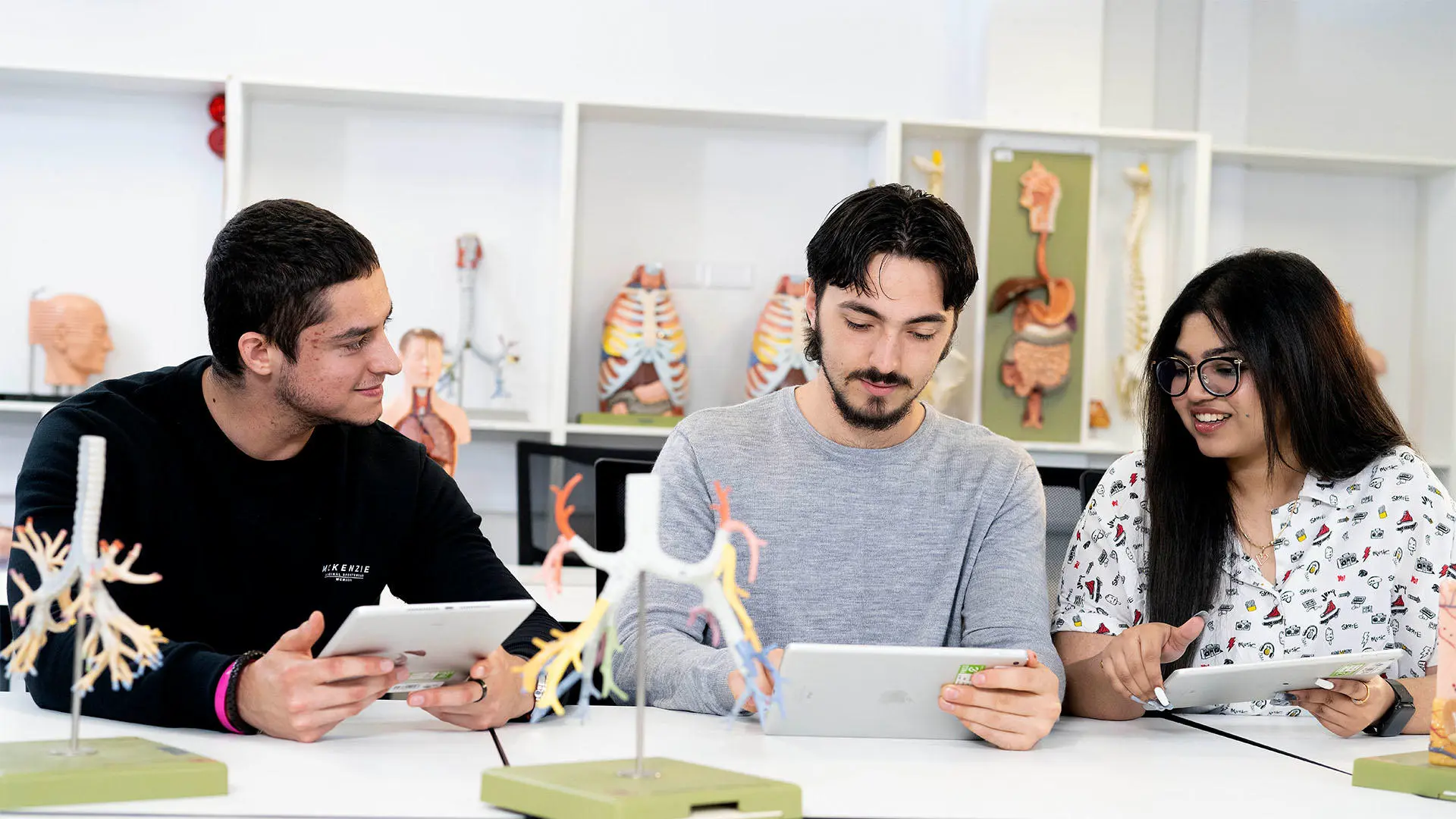The students are preparing to become foundation year doctors. Experience in general practice will enable them to become more autonomous and confident in assessing and managing patients.
What is the structure of Year 5?
Placement blocks will be for four weeks at an average of three days per week, total 12 days per block. This may be across all seven days of the working week and may include periods outside of normal office hours (e.g. night shifts, weekends).
What are the aims of the Year 5 GP placement?
Building on their experiences in general practice gained in years one to three. The students are expected to develop their skills across the broad range of primary care presentations.
The primary focus should be on seeing patients in a student surgery, with patients booked in directly with the student. Due to the new ways in working in primary care, we understand that this may initially take the format of a supervised telephone or video consultation.
The student is expected to:
- Take a history.
- Examine (where appropriate)
- Formulate differential diagnoses and a management plan.
- Type up notes
- Present back to the Supervisor who would then review the patient themselves.
What are the core capabilities and learning outcomes expected?
The Year 5 programme is structured around 20 core capabilities and a series of learning outcomes. All are based closely on the foundation year one programme. This is to enable students to transition smoothly into postgraduate learning after graduation.
All medical students graduating from UK universities from the academic year 2024–25 onwards will need to pass the Medical Licensing Assessment (MLA) as part of their degree before they can join the medical register.
From 2024 the MLA is embedded within the MBBS programme, so that students graduating from the course will have met the requirements of the MLA. The Applied Knowledge Test is sat at the end of Year 4, and the Clinical and Professional Skills Assessment is sat at the end of Year 5.
Students will have already spent considerable time in general practice settings in years one to three. They should be familiar and comfortable with the concepts of comprehensive primary care and ways of working. By the end of Year 5, it is expected that they should be able to meet all of the core capabilities and learning outcomes below:
Core capabilities
Has worked effectively to establish themselves in clinical practice in their role at the level of a final year medical student including:
- Recognises, assesses and initiates management of the acutely ill patient
- Recognises, assesses and manages patients with long term conditions
- Obtains history, performs clinical examination, formulates differential diagnosis and management plan
- Requests relevant investigations and acts upon results
- Prescribes safely
- Demonstrates understanding of the principles of health promotion and illness prevention
- Manages palliative and end of life care
Learning outcomes
- Recognise red flag symptoms for the community block core clinical presentations and describe appropriate actions which should be taken
- Describe the circumstances when home visits may be appropriate and appreciates the challenges that may be inherent in assessing a patient in a non-clinical setting and how these may be addressed
- Describe the role of the primary healthcare team in a community setting and how this functions effectively to maximise patient care
Year five FAQs
Suggestions of timetables
Whilst we recognise that no two GP practices are the same, it can sometimes be helpful to have a starting point on which to base your student’s timetable. Please see the timetables below for some inspiration.

